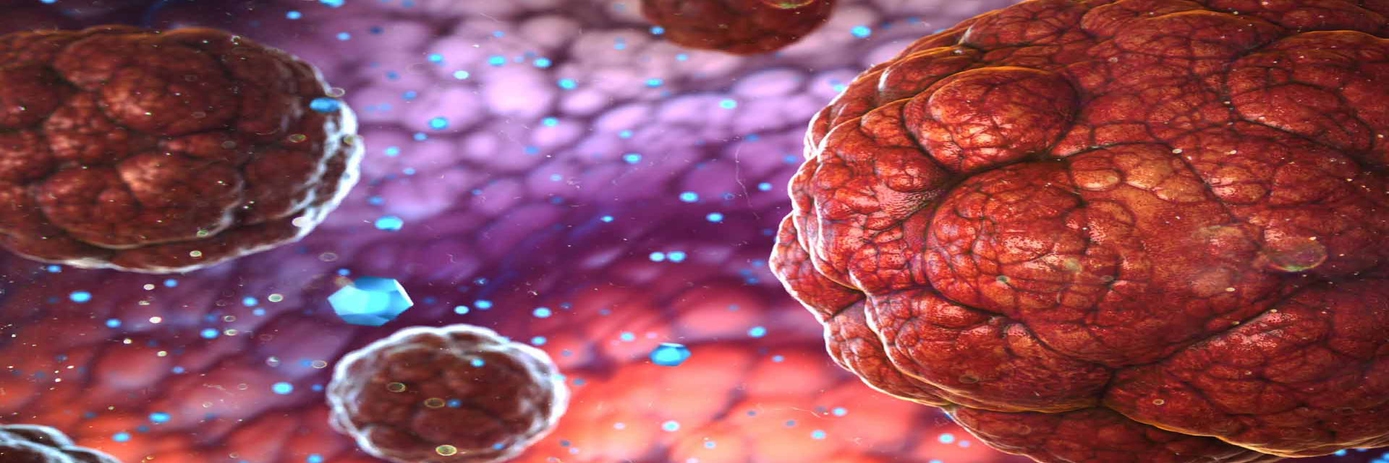Tumor xenograft models are widely used in cancerology studies. They enable researchers to characterize tumors and study tumorigenesis and metastasis accurately. Many novel cancer therapeutics have been developed by studying tumor xenografts over the past two decades.
What is a tumor xenograft?
A tumor xenograft consists of transplanting human tumor cells into immunodeficient mice. The tumor develops within a few weeks and drug response can then be studied directly in vivo.
Why is this method so popular?
Tumor xenografts present several key advantages. They are biologically stable and reflect a given patient’s tumor quite accurately. More specifically, they enable histopathology, gene expression, and inflammation to be studied with precision. The method is also used to evaluate the toxicity of therapeutics. On the downside, tumor xenografts are expensive and somewhat complex to implement technically. Each assay is therefore extremely precious. That is exactly why a good option is to combine them with HTRF.
How to analyze results with the HTRF phospho-assay?
The HTRF protocol is simple and easy. We developed a specific protocol to obtain reliable results on tumor xenograft samples. Here are three steps for analyzing samples successfully:
Step 1: obtain the precious sample
Proceed with animal dissection. Choose the euthanasia method that protects the animal from any pain (which, of course, does not affect your assay in any way).
Sample integrity is one of the main requirements for obtaining good results. Therefore, from this step onward, remember that proteins are unstable and do not like high temperatures. Keep your sample on ice as much as possible. Also, always wear gloves when handling your sample. That is critical for avoiding protease contamination, especially after protein extraction.
After dissection, tissue can be stored at -80°C.
Step 2: lyse the tissue
Thaw the sample if necessary. Weigh it to determine the volume of lysis buffer to add. Homogenization can be performed with GentleMACS™ (Miltenyi Biotec), sonication, or another equivalent method.
Centrifuge your sample, collect the supernatant, and discard the pellet. Desired proteins are now ready to be used for your assay.Tip: Always wear gloves when working on protein to keep it away from protease!
Tip: Proteins are very sensitive to high temperature, so keep tissue samples on ice until they are dispensed into the HTRF detection microplate.
Aliquot your sample to avoid too many freeze-thaw cycles. Homogenize well before aliquoting to decrease variability between tubes.
Step 3: proceed with the HTRF phospho assay
Finally! It has been a long journey to reach this final step. At this point, we recommend that you first determine the proper concentration for your assay. To do that, just ask one of your old friends, Mr. Bradford!
Tip: If your sample is particularly high or low in arginine, lysine, or histidine, a Bradford assay will not meet your requirements. An alternative method such as BCA can be a good option.
All your samples must be at the same concentration before beginning the experiment. Then, define the working concentration range, dispense samples into the reaction plate and proceed with HTRF™ assay
For research use only. Not for use in diagnostic procedures. The information provided above is solely for informational and research purposes only. The information does not constitute medical advice and must not be used or interpreted as such. Consult a qualified veterinarian or researcher for specific guidance or use information. Revvity assumes no liability or responsibility for any injuries, losses, or damages resulting from the use or misuse of the provided information, and Revvity assumes no liability for any outcomes resulting from the use or misuse of any recommendations. The information is provided on an "as is" basis without warranties of any kind. Users are responsible for determining the suitability of any recommendations for the user’s particular research. Any recommendations provided by Revvity should not be considered a substitute for a user’s own professional judgment. Users are solely responsible for complying with all relevant laws, regulations, and institutional animal care and use committee (IACUC) guidelines in their use of the information provided.


































